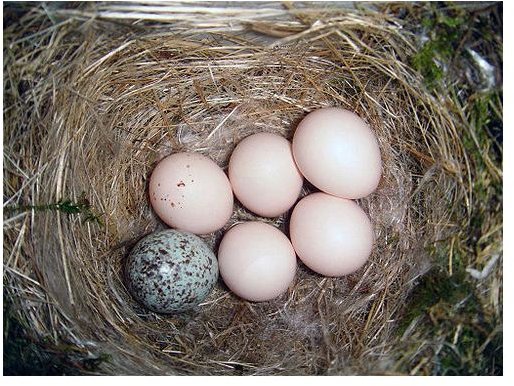A Guide to an Inherited IRA
Inherited IRA rules are a little confusing but it is important to understand them properly because you could end up paying a lot of money in federal and state taxes if you do not. Beneficiaries of a traditional IRA should include the distributions from an inherited IRA in their gross income. There is no income tax for a distribution from a Roth IRA if the distribution is made after five years from the day the IRA account was opened. Regardless of whether the IRA is a traditional or Roth, there is no penalty for a distribution from the inherited IRA, even if the beneficiary has not yet reached the age 59 1/2.
Generally the rules regarding distributions from an inherited IRA will vary depending upon on whether the beneficiary is a surviving spouse or not.
Inherited IRA Rules When the Beneficiary is the Surviving Spouse
When the surviving spouse is the sole beneficiary of the IRA, the spouse can opt to treat the IRA as her own. There is no time limit for such a spousal roll over and once she makes a spousal roll over, she can make contributions and distributions just as she would do with her own IRA. The Required Minimum Distribution rules that are applicable to non-spousal beneficiaries will not apply to such an account. Also, just as she would incur a penalty if she withdrew funds from her IRA before the age 59 1/2, an early distribution from the account would result in a penalty.
If a surviving spouse is one of multiple beneficiaries, the same rules that apply to non-spousal beneficiaries would apply to the spouse as well. However, the multiple beneficiaries can split the inherited IRA into separate IRAs and then each surviving beneficiary can treat their IRA as if they were the sole beneficiary. In that case the surviving spouse can do a spousal roll over and treat the IRA as her own. This must be done by the end of the year following the year in which the original owner died.
When no spousal rollover is done the rules regarding distributions are those similar to a non-spouse beneficiary. For instance if the inherited IRA was a traditional IRA, the spouse would need to make the required minimum distributions starting the year in which the deceased owner was supposed to take them. However, the RMD will be calculated based on the life expectancy of the surviving spouse.
Inherited IRA Rules for a Non-spouse Beneficiary
Non-spouse beneficiaries cannot treat the inherited IRA as their own. Beneficiaries other than a surviving spouse have three options regarding the distribution of funds from an inherited IRA. The first option is to withdraw the assets as a lump sum amount. In that case, the beneficiary will have to pay income tax on the full distributed amount at once. Depending on the distributed amount and the current income level of the beneficiary he/she may move to a higher tax bracket. A second option is to spread the distributions over a five year period. All the assets in the inherited IRA must be distributed by the end of the five year period, but the distributions can be done anytime during the five year period.
The third and the preferred option for many is to distribute the balance in the account over the life time of the beneficiary. The assets grow in the account tax-free for many more years, thus benefiting the beneficiary the most. In such a case the Required Minimum Distribution will be based on the life expectancy of the beneficiary. The RMD for a beneficiary for a particular year will be equal to the account balance in the inherited IRA at the end of the year divided by the life expectancy of the beneficiary.
Most often beneficiaries of an inherited IRA come to know of their inheritance at a time when they are grieving the loss of a close relative. It is still important to act quickly and seek the help of a financial advisor to minimize the federal and state taxes on the inherited IRA.
References
- Publication 590 on IRAs by IRS, https://www.irs.gov/pub/irs-pdf/p590.pdf
- IRS Website, https://www.irs.gov/publications/p17/ch17.html#en_US_publink1000172688
Image Credit: https://commons.wikimedia.org/wiki/File:Eastern_Phoebe-nest-Brown-headed-Cowbird-egg.jpg
